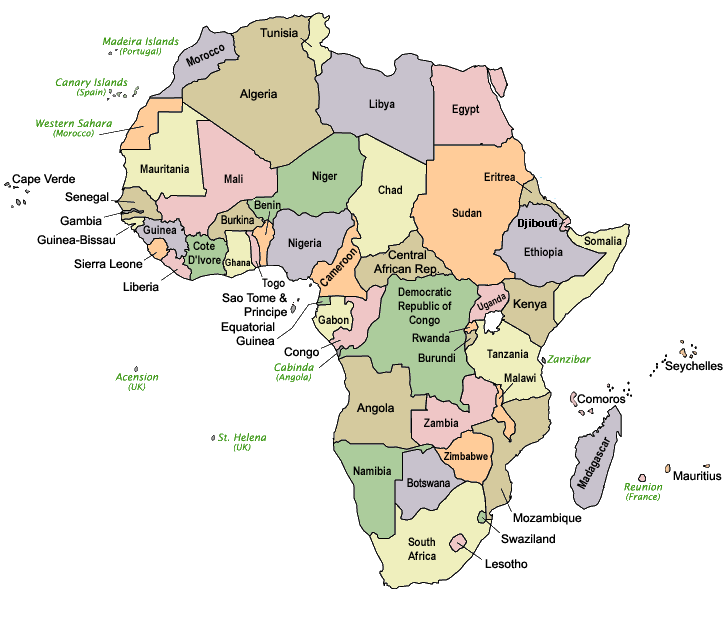I’m not sure how accurate this is, but I thought this was interesting enough to share. I was told to use 3 separate companies for testing because each company has their own personal data base. For this result 23andMe – DNA Genetic Testing & Analysis was used. Will share the others in the near future. Try this your self and find out where you might have possibly came from.

The people of North America, Central America, Caribbean & South America who are of African descent are very interested in their origins. The map below shows where people of haplogroup L1c lived around 500+ years ago. Technically speaking every human being on Earth is from an African mother, even so I was still curious.

Haplogroup L1c has been largely restricted to central Africa since originating in its equatorial forests about 60,000 years ago. It is extremely common among western pygmy populations such as the Biaka and Bakola, where it appears to be universal. It is also found among African-Americans.
African Americans
L1c is fairly common among African Americans, who fall on numerous branches if the haplogroup. But few of them match perfectly with any known L1c haplogroups in Africa, an indication that geneticists have not yet sampled populations in the regions where the ancestors of those African Americans lived. Candidate locations include Angola and the Congo basin, both of which played a significant role in the Atlantic slave trade.
Almost a quarter of Brazilians with African ancestry belong to the haplogroup L1c. The L1c2 branch tends to be common among southern Brazilians, whereas L1c1 is more common among southeastern and northern Brazilians.

Bantu Expansion
The other branches of L1c are generally found among Bantu-speaking populations of western Africa or African-Americans who are descended from them. Those branches originated between 45,000-60,000 years ago somewhere in the forests of central Africa. Many thousands of years later, after agriculture was invented somewhere in the vicinity of present-day Cameroon, migrating farmers carried those branches, and the Bantu language, across a wide swath of Africa. Today, L1c reaches levels of 25% in northern Angola and about 15% farther south. It reaches levels of about 5% as far southeast as Mozambique, where particular branches indicate the involvement of some Pygmies and other groups in the Bantu expansion.
Haplogroup L1 arose about 140,000 years ago, when the human species was confined to a relatively small range in eastern and southern Africa. The species itself is only about 200,000 years old, so at the time L1 originated there was much less genetic diversity in the human mitochondrial DNA tree than there is today.
It is possible that L1 arose in eastern Africa, where the oldest fossil remains of Homo sapiens have been discovered to date. But today the haplogroup is most common in western and central Africa.
L1c is relatively rare in Africa outside its region of origin, a few different L1c branches have participated in several migrations throughout the continent. Caught up in the expansion of Bantu-speaking farmers about 3,000 years ago, L1c has trickled down both the western and eastern coasts into southern Africa. It has also expanded from Cameroon with Bantu-speaking populations traveling northwest through Mali and into far western Africa. But the most dramatic migration has been the passage of L1c individuals across the Atlantic Ocean to the Americas during the slave trading era of the 16th-19th centuries.

Sola, I look forward to when you report your results.
Thank You John. 23 and me listed here is one result. I will post the other two in the future and share again which company I used. Maybe this will help others in search of self.